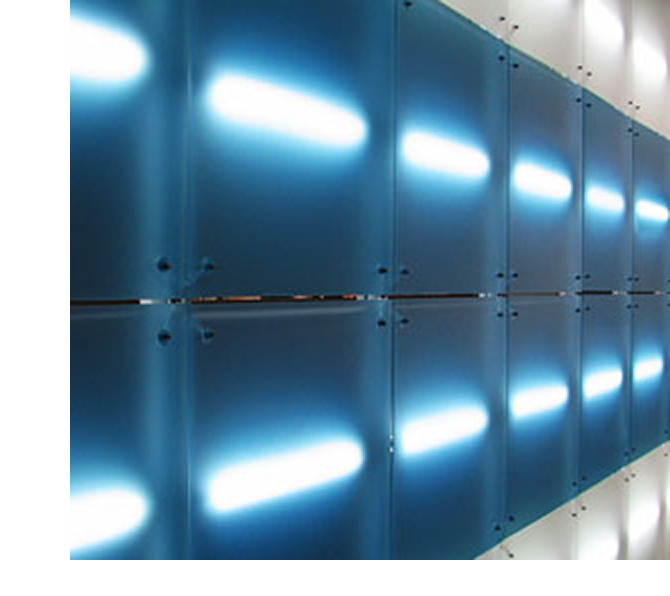
Radiometry Light Meters
Radiometry is the detection and measurement of light waves in the optical portion of the electromagnetic spectrum which is further divided into ultraviolet, visible, and infrared light. All light measurement is considered radiometry with photometry being a special subset of radiometry weighted for a typical human eye response.
Manipulating Light For More Accurate Measurement
Light waves behave like all electromagnetic waves in that they interfere with each other, become directionally polarized, or bend when passing an edge. Because of these properties, light waves can be predictably manipulated for increased or decreased amplitude or even filtered by wavelength or a band of wavelengths by means of various filters, mirrors, lenses, prisms, gratings, and other input optics.
These principals make it feasible to tailor a light detector to match a particular application.
In most cases, when making radiometric measurements with silicon photodiodes, a flat spectral response filter is used to even out the detector's innate sensitivity to the red portion of the spectrum versus the blue. This flat response allows the detector to accurately measure light at one wavelength versus another. This is particularly useful if the spectral output of the light source is unknown or likely to vary with operating conditions or application requirements.
In the event that a particular section of the output from a light source needs to be isolated, a detector with a narrower response can be used, or a band pass filter can be placed on a broad response detector to tailor it’s response to measure just the required portion of light. Narrow band filters can also be used to isolate a very narrow portion of light such as that of a specific mercury emission line.
Radiometry Instrumentation For Nearly Any Application
International Light Technologies (ILT) offers a broad array of radiometry detectors to allow configuration of a radiometer system to measure nearly any application from the UV (160 nm) to far-Infrared (40 um). We also have high-gain radiometry detectors for very low level light detection and our powerful ILT960 Wideband Spectroradiometer or economical ILT560 Spectroradiometer for complete, turnkey spectral measurements.
Use the table below to identify the system (meter + detector) that meets your specific application. Use the table to find the spectral range you wish to measure. The table can be filtered to show our meters by type, (e.g., hand-held), as well as searching on the minimum and maximum spectral range you wish to measure. The tables can also be sorted to group systems by meter type, spectral range, measurement range, and units. Click the product link of the system to view it's details.
Need assistance? Contact us using the form below, or by calling us at 978-818-6180.
* All Radiometers/Photometers/Spectroradiometers are NIST Traceable.
* If units of measure are not shown please contact us (empirical units also available i.e. fc, fL, nits, lm/ft²).
< Back to Light Measurement Systems
Explore All Light Meters By Application Type
- Germicidal UV Radiometers & Spectrometers
- UV Curing Light Measurement Systems
- Audience Scanning Radiometers & Spectrometers
- Endoscopic System Light Meters
- Pulsed Light Measurement Systems
- Low Light Level Lux Meters
- Low Light Level Measurement
- Optical Radiation Hazard Light Meters
- Photodynamic Therapy Radiometers & Spectrometers
- Photometric Spectral Light Meters
- Photoresist Radiometers & Photometers
- Photostability UVA Detectors
- Phototherapy Light Meters & Radiometers
- Plant Photobiology & Photomedicine Light Meters
- Radiometry Light Meters
- Solar Radiation Light Meters
